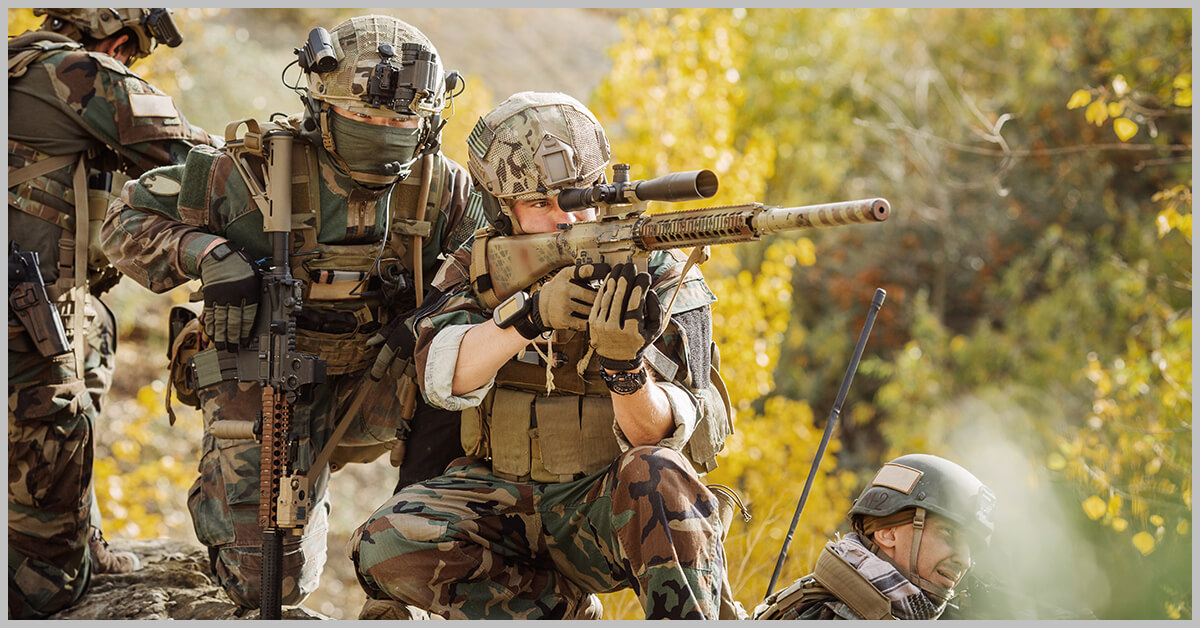Since its launch in 2022, the Army of 2030 initiative has guided the service branch toward its modernization goals. Now characterized by Army Secretary and 2023 Wash100 winner Christine Wormuth’s recently announced six operational imperatives – see and sense farther, mass dispersed forces with combat first, win the fires fight, protect forces from air, missile and drone threats, communicate and share data rapidly and sustain the fight across long distance – this momentous undertaking requires accelerated efforts and monumental investments to be achieved.

For a look into the intricacies of the Army’s current programs, the Potomac Officers Club will host its 8th Annual Army Summit on August 1. The event will bring together influential Army leaders to discuss the role of modernization in creating an Army of the future, offering you the chance to hear from top experts in the field and learn more about key areas of focus and related contract opportunities.
Click here to register to attend the event.
To reach its modernization goals, the Army has made many contract opportunities available. Below are three of the most influential upcoming Army contracts.
Design, Development, Demonstration and Integration II
Building on a contract originally awarded in 2016, the next phase of the Design, Development, Demonstration and Integration II includes two follow-on awards, the first of which has a maximum potential value of $2.5 billion and the second of which could reach up to $2 billion. The research and development-based contracts – Domain 1 and Domain 2 – target multiple areas related to space, high altitude, missile defense and associated capabilities for the warfighter in support of the U.S. Army space and Missile Defense Command.
Domain 1 responsibilities encompass space and high altitude as well as missile defense. The space and HA portion of work is intended to assist with the full range of military, civil and commercial space operations. Specific areas include launch, the space, HA and ground segments and associated communications and the space-related user segment as well as information management. The follow-on contract’s missile defense responsibilities include a wide range of global integrated missile defense support activities and support for global strike objectives.
Domain 2 responsibilities center emerging technologies and what they can bring to the warfighter both now and in the future. Target technologies include detection devices, high energy lasers, cyber, electronic warfare and numerous others. The follow-on contract also covers information and data exploitation, with responsibilities surrounding data and information systems, command and control, cloud computing and more.
Vantage Recompete Contract
Army Vantage, the Army’s data-driven operations and decision-making platform, has a mission to “empower all Army users with the ability to make real-time, data-driven decisions.” The platform focuses on capabilities within four priority areas: 360 degree unity of legacy and future systems, decision superiority, continuous priority assessment and interoperability and next-generation data management. Previous awards supporting the program were awarded to Palantir Technologies in 2019 and 2020, both of which were valued at over $100 million.
According to Under Secretary Hon. Gabe Camarillo – who will speak at the summit – the Army is looking to steer the initiative toward a multi-vendor approach. In line with this goal, Camarillo said that the service branch intends to release a request for information and award contracts by the end of 2023.
Warfighter Training Readiness Solutions
The Army’s fiscal year 2024 budget request heavily emphasizes its people, and in warfighting, ensuring soldier readiness begins with training. To provide personnel with best-in-class training opportunities, the Army plans to expand its Army Training Aids, Devices, Simulators and Simulations program, now titled Warfighter Training Readiness Solutions. The contract focuses on several specific training services, including the procurement of maintenance, sustainment, operations and support for Army Program-of-Record TADSS, Live-Fire Ranges, Instrumentation Systems and Synthetic Training Environment technologies.
With an anticipated value of $5 billion, this contract opportunity is a prime example of how the Army is focusing on its forces to bring its warfighting goals to fruition.















